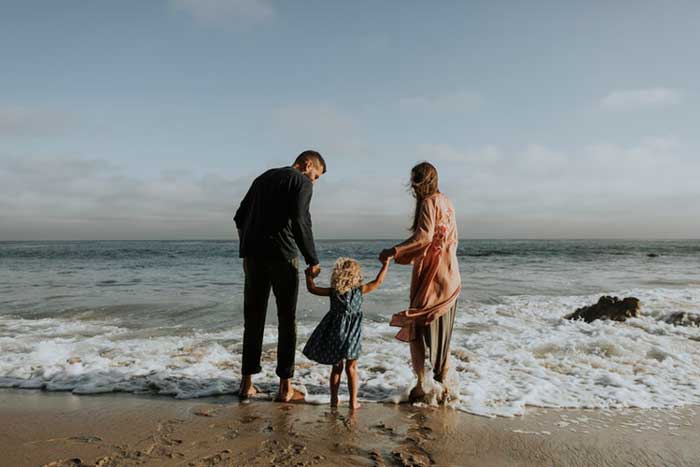How to Help Your Child Overcome the Fear of Failure
How can you help your child not to be afraid of mistakes? When he fails to succeed, he immediately freaks out and abandons every attempt. At the same time, you do not scold him for mistakes, you do not shout, and you console him when he cries.
You should always emphasize the child’s efforts
Forget about talents and abilities. Do not say “You’re so smart.” Instead, say “You work so hard, you do a lot.”
Research by Carol Dweck and her colleagues shows that highlighting talent teaches children to be afraid of their mistakes. After all, a mistake means that there is no talent since talented people do not make mistakes (according to children).
If it’s all about your skills, a mistake becomes something unimportant.
Simply put, children start thinking like this: “I’m wrong only because I’m not very good at it yet. I will learn it!” It is getting ridiculous – a tiny difference in wording can lead to quite noticeable consequences.
Imagine an experiment like this. A preschooler is asked to either “be my helper” or “help me.” Then he is offered to move a certain toy from place to place, but the toy breaks (everything, of course, is arranged so that the child thinks that it was he who broke the toy). After that, the child is offered two more tasks.
It was here that the difference in wording manifested itself in all its splendor. Those asked to be helpers became more frustrated and more likely to refuse to complete the remaining two tasks. Their reaction to the mistake was very strong.
Those who were asked to help were less upset and more willing to take on other tasks. Their reaction to the mistake was weaker. Therefore, direct the children’s attention to the efforts and actions, rather than to their talents and statuses.
Break tasks into as small parts as possible
The smaller the problem is, the easier it is to learn. Hence, the greater the chance of success. Unlike adults, children (up to about 11 years old) learn better not from mistakes, but from success. Especially if an adult highlights this success.
Therefore, the more success, the easier it will be for kids to learn, the fewer mistakes there will be, the easier it will be to tolerate individual mistakes.
Let’s say a child is learning to throw a ball into a basket. You don’t need to practice scoring points right away. Start with the correct positioning of your feet. Then – the correct grip of the ball. Then – the correct throw.
Psychologists call this the zone of proximal development. This is some kind of operation that a person can easily do with a little help from a more skillful friend (for example, a parent). Anything outside the zone of proximal development should be ignored.
Let’s say the child missed the basket. You say it was not necessary because you were training to throw up to the shield. Getting the ball into the basket will not come soon. You were just learning to apply sufficient force to reach the shield, so that was great work, keep doing it! It will be much easier for the child this way.
Teach your child only when he is calm
If the child is upset, cries, and kicks the ball with which he could not reach the basket, it is useless to start conversations.
First, you need to calm the child down. In short, first, you need to support the child, help him cope with emotions, and then move on to what is described above.
Hug the child, stroke the hair, and wait
If the child breaks free, do not press, do not put him under pressure. Give him time to be alone. Soon enough, he’ll calm down, and you will return to the small tasks.
Emphasize that a mistake is just a signal to learn.
Just tell the child that it’s okay, now you know what needs to be improved. Learning without mistakes is a waste of time. After all, it is not clear without mistakes where to grow and what to learn.
Let’s say a child gets a low grade at school. We need to invite him to look at what exactly such an assessment means, and how we can correct the things that went wrong – not to correct the grade, but to improve the drawbacks that it points to.
If it’s a wrong subtraction, let’s practice this moment. If the letter is written incorrectly, you can practice it. It is very important not only to declare that the mistake is a signal but also to act in the same way. By doing this, you teach your child to independently determine what needs to be improved and worked on.
Set yourself up for a lot of effort
All these techniques will help, but they are not quick. It takes time and a lot of time. After all, accepting mistakes calmly is a kind of skill. These skills don’t develop quickly. You need to practice for a long time and methodically. A skill is not a solution. Skill is created by exercising. It requires constant exercise.
However, there is some good news. As long as you teach your child not to be afraid of mistakes, you yourself will make mistakes many times. What is good here, you ask? It is good that you can practice yourself.
The conclusions drawn from this article do not only apply to children.



